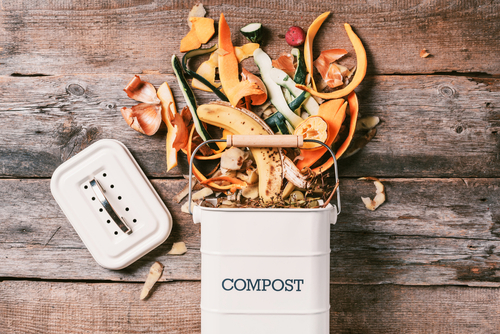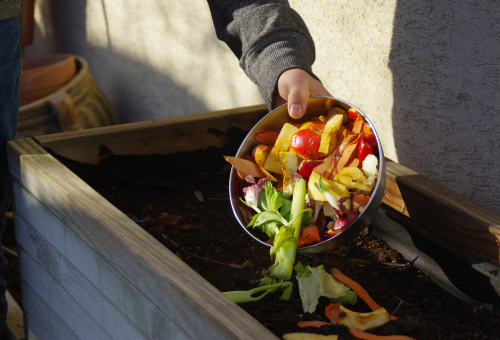With its ample supply of food and nesting materials, a compost heap in your garden is the ideal spot for rats, especially during winter.
But don’t let rodents deter you from creating a compost heap. Not only are they a great way of discarding kitchen and garden matter, but they can be incredibly beneficial once added to your garden.
Below are some mistakes you might be making in your compost heap that invite rats into your garden…
Getting the wrong ratio of ‘greens’ and ‘browns’
Getting the ratio of greens and browns right in your compost heap can be tricky for any gardener. Paying attention to the layering will help ensure your compost is nutrient-rich without inviting pests into your garden.
A ratio of four parts ‘browns’ to one part ‘greens’ is typically considered to be the best option for a compost heap. The greens include nitrogen-rich materials such as grass clippings, food scraps, coffee grounds and tea bags, while browns are high in carbon i.e. dry leaves, paper, branches and pine needles.
Adding too many greens, typically food scraps, will draw attention to rats searching for food. Be sure to layer brown materials over the greens to promote faster decomposition and reduce the odour of food, which will attract pests.

Using too much water
A soggy compost heap may attract rats for several reasons. Firstly, too much water can cause the compost to become anaerobic, which means there is not enough oxygen in the soil. Anaerobic compost heaps often have a foul smell, which attracts rats.
Too much water also slows down the decomposition process. This means that food scraps, which attract rats, are likely to sit around in the compost heap for much longer than necessary.
While there is no exact rule for how much water to add to a compost heap, it’s generally best to feel it out. The compost should be damp to the touch but not soggy. If you squeeze a handful of compost, there should be some water drops but not dripping wet.
Not covering a compost heap

Of course, one of the easiest ways to prevent rats from creating a nest in your compost heap is by ensuring that they can’t access it. An uncovered compost heap will emit odours that will be especially attractive to rats looking for food.
The type of covering you use for your compost container may depend on the weather. If it’s very wet, then a tarp is an ideal protective cover. This will prevent the compost from becoming too soggy. Mesh or wire fencing can also be used to keep out bigger pests like rats while allowing for airflow and moisture.
It’s important to note that the cover should be removed when adding new materials to the heap and when turning the heap, to allow air circulation and prevent odours.
Forgetting to turn the pile
Not only is regular aeration great for your compost heap, but it will also help deter rats. These are usually shy creatures, who will seek out a spot where they can be undisturbed to make a nest.
However, a pile that is regularly disturbed will be avoided by rats. Regularly turning your compost heap will also ensure that all materials have the chance to break down properly. A partially decomposed layer of material on the top of the heap can attract rats.
Keeping compost too close to your house
Compost heaps naturally draw attention from pests and insects, so it’s always best to keep your compost as far from your home as possible.
If the heap is located too close to your house, rats may use the compost heap for shelter and then look for food and water in your home. A compost heap close to your house can also provide a source of drinking water for rats and other pests.
By Matt Jordan, Gardening Expert for The Greenhouse People





